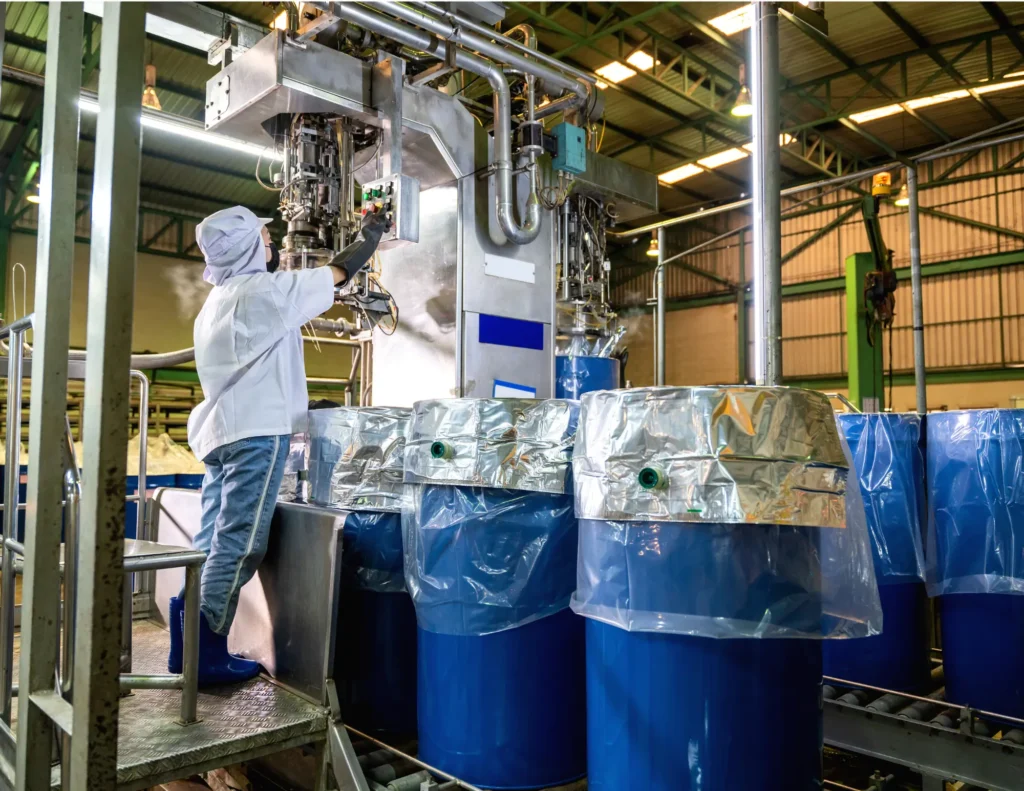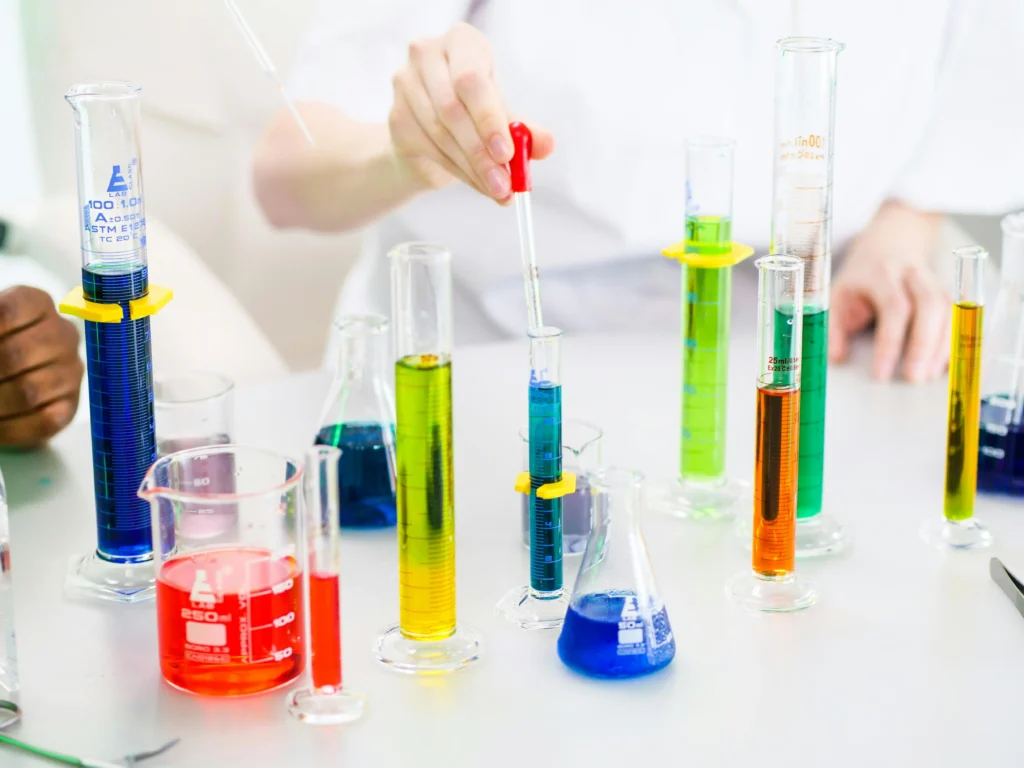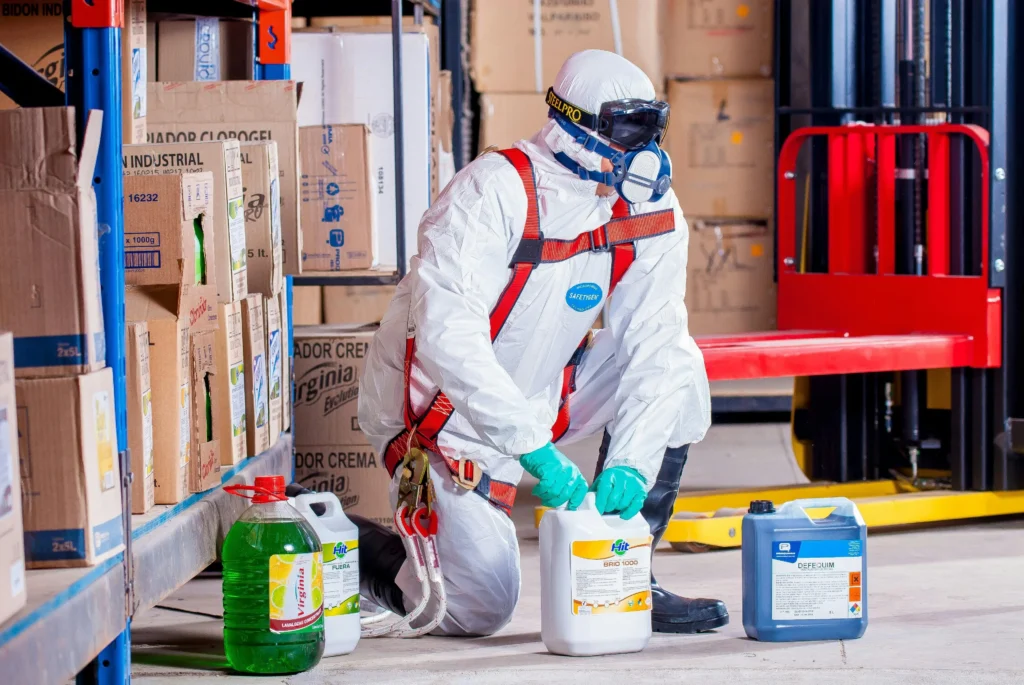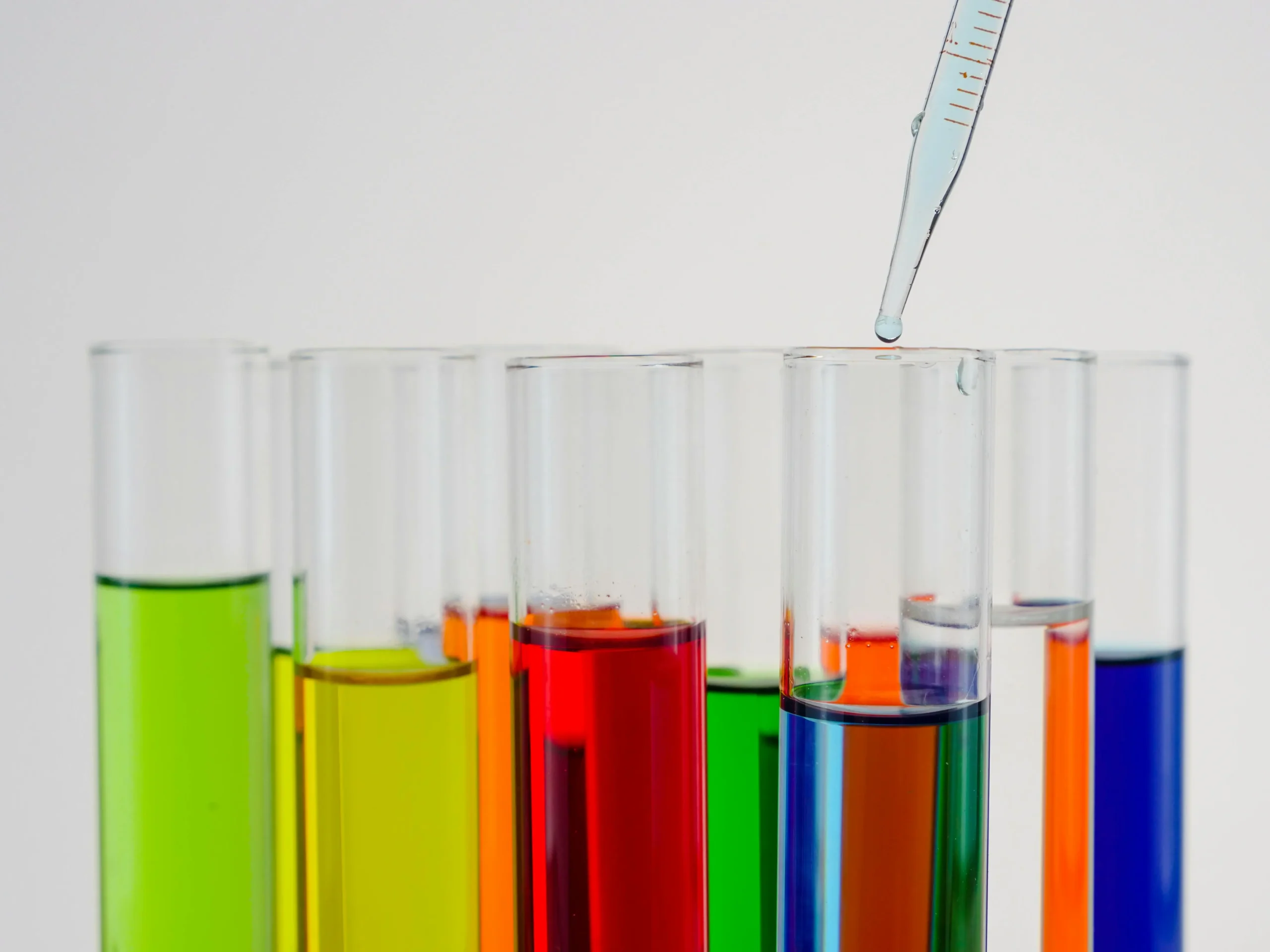We all use them daily, but do we know what chemicals are in cleaning products?
From the kitchen to the bathroom, these substances promise to keep our homes spotless. But some can be harmful if not used properly.
In this post, I am going to share some common chemicals found in cleaning chemicals and what they mean for you and your family. Stick around to uncover the secrets behind those sparkling surfaces.
Key Takeaways
- Know Your Chemicals: Learn about common chemicals in cleaning products like bleach, ammonia, and phthalates. Understanding these can help you make safer choices.
- Health Impacts: Be aware that some chemicals can cause skin irritation, respiratory issues, or even long-term health problems. Always read labels and warnings.
- Safety First: Wear gloves and masks when using strong cleaners. Keep rooms well-ventilated to reduce inhalation risks.
- Eco-Friendly Choices: Opt for green cleaning products with natural ingredients. They are safer for you and the environment.
- DIY Solutions: Consider making your own cleaners using vinegar, baking soda, and lemon juice. These are effective and non-toxic.
- Stay Informed: Regularly check for updates on chemical safety from reliable sources to protect yourself and your family.
1. Understanding Chemicals in Cleaning Products

1. Common Harmful Chemicals
Many cleaning products contain harmful chemicals. Phthalates are often found in scented cleaners. Sulfates, like sodium lauryl sulphate, are common in detergents.
Less-known toxic substances also exist. Quats (quaternary ammonium compounds) are used in disinfectants. Butoxyethanol is present in window and kitchen cleaners.
Chlorine is widely used in bleach. Sodium hydroxide is found in oven cleaners and drain openers. These chemicals can be dangerous to health.
2. Health Risks
Long-term exposure to cleaning chemicals can cause chronic health problems. Some chemicals are linked to cancer and hormone disruption. Respiratory diseases can also result from inhaling these substances.
Immediate dangers include skin and eye irritation. Direct contact with toxic cleaners can cause burns or rashes.
3. Impact on Health
Continuous exposure to harmful chemicals affects overall health. Vulnerable groups, like children and pregnant women, face higher risks. People with pre-existing conditions are more susceptible too.
Research shows a link between household cleaners and health issues. Studies have found increased asthma rates among frequent users of cleaning agents.
2. Specific Chemicals and Their Effects

1. Phthalates
They disrupt hormones in the body. This can cause reproductive health issues. Phthalates also pollute the environment. They harm wildlife, especially aquatic life. Consumer advocacy groups push for clear labeling of phthalates in products. This helps buyers make informed choices.
2. Sulfates
Sulfates can pollute our water. They harm the environment. But, there are other choices without sulfates. Some brands sell cleaning products that don’t have sulfates. By picking these safer options, shoppers help reduce the use of harmful sulfates.
As a Canadian chemical manufacturer, we provide eco-friendly cleaning chemicals across Canada. With over 100+ propriety formulations, we have a wide range of chemicals available.
3. Triclosan
Regulations around triclosan have changed. This is due to concerns about its safety. Triclosan affects aquatic ecosystems and water quality negatively. Ongoing research looks at its long-term effects on human health. These studies help us understand the risks better.
4. Quats
Quats can lead to antibiotic-resistant bacteria. This is a major health concern. People who use Quats often face occupational hazards. Safer alternatives to disinfectants containing Quats are available. These options reduce health risks.
5. Butoxyethanol
Butoxyethanol faces regulatory scrutiny. Efforts aim to limit its use in cleaning products. It has industrial applications, raising worker safety concerns. Proper labeling and safety data sheets are important for products with butoxyethanol.
6. Chlorine
Chlorine impacts the environment by depleting the ozone layer. Mixing chlorine with other agents can create toxic gases, which is dangerous to dilute. Non-chlorine alternatives for bleaching and disinfection exist. These options are safer for both people and the planet.
7. Sodium Hydroxide
Sodium hydroxide requires strict handling guidelines due to its corrosive nature. It is used differently in industries versus households, each with specific safety protocols. Safer alternatives to sodium hydroxide in car wash chemical and pressure washing chemical products are being explored.
3. Preventing Harm from Chemical Exposure

1. Safe Use Guidelines
Read product labels carefully. Follow all safety warnings. Store chemicals out of reach of children and pets. Dispose of them properly.
Use milder cleaning agents for daily tasks. Vinegar and baking soda are good options. They are less toxic.
2. Ventilation Tips
Ensure good airflow when using strong cleaners. Open windows and use fans. This helps to reduce inhalation risks.
Air purifiers can help too. They remove volatile organic compounds (VOCs) from the air. This makes the indoor air cleaner.
3. Protective Gear
Wear gloves and masks while cleaning. This protects your skin and lungs from harmful chemicals.
Use protective eyewear if splashing is possible. Wear long sleeves and pants to cover your skin.
Always wash hands after cleaning. Change clothes if they get contaminated.
4. Choosing Safer Cleaning Alternatives
1. Identifying Green Products
Look for cleaning products labeled as eco-friendly. Check for certifications and labels that prove reduced environmental impact. Avoid falling for marketing claims alone.
Certifications like ECOCERT and EWG help identify safer choices. Consumer demand has increased the availability of green options. This push from buyers encourages companies to produce more friendly cleaning products, including truck wash soap and pressure washing chemical.
2. Certification Overview
1. ECOCERT
ECOCERT certifies organic and natural cleaning products. It ensures products meet strict criteria, such as using safe cleaning ingredients. These products must avoid harmful chemicals and use natural fragrances.
ECOCERT is recognized globally. This recognition builds consumer trust in the products they choose.
2. EWG
The Environmental Working Group (EWG) evaluates the safety of household cleaners. Their rating system helps consumers find safe cleaning chemicals. EWG’s research highlights harmful chemicals in many cleaning products.
Consumers can use EWG’s database to make informed choices about household cleaning products.
3. Leaping Bunny
The Leaping Bunny program signifies cruelty-free products. Companies must meet strict criteria to display this logo. They cannot test on animals at any stage of product development.
This program meets the growing demand for humane and safe household products from the Canadian chemical manufacturer. Shoppers look for the Leaping Bunny logo to ensure ethical choices.
5. Closing Thoughts
Now you know what’s hiding in your cleaning products and how they might affect you. It’s important to be careful about what you use at home.
Those chemicals can be tricky, but with some knowledge, you can keep your house safe and clean without bad side effects.
Why not make a change today? Find safer options to protect yourself and your family. Your health matters. Let’s get rid of harmful stuff and choose cleaner living. Ready to start?
6. Frequently Asked Questions
1. What are the common chemicals found in cleaning products?
Common chemicals include ammonia, bleach, and phthalates. These help to disinfect and remove grime but can be harmful.
2. How do these chemicals affect our health?
Exposure can cause skin irritation, respiratory issues, and even hormonal imbalances. It’s like breathing in a cloud of trouble.
3. Can I reduce my exposure to harmful cleaning chemicals?
Yes, you can! Use gloves, ventilate your space, and opt for natural cleaners. Think of it as giving yourself a safety bubble.
4. Are there safer alternatives to chemical-based cleaners?
Absolutely! Vinegar, baking soda, and lemon juice are effective and safe. It’s like cleaning with nature’s toolkit.
5. Why should I care about the chemicals in my cleaning products?
Your health matters. Harmful chemicals can lead to long-term issues. Protect yourself like you would a precious gem.
6. How can I identify safer cleaning products?
Look for eco-friendly labels and read ingredient lists. It’s like choosing the right ingredients for a recipe—quality matters.
7. What steps can I take to prevent harm from chemical exposure?
Wear protective gear, ensure good ventilation, and store products safely. Think of it as creating a fortress against potential harm.



